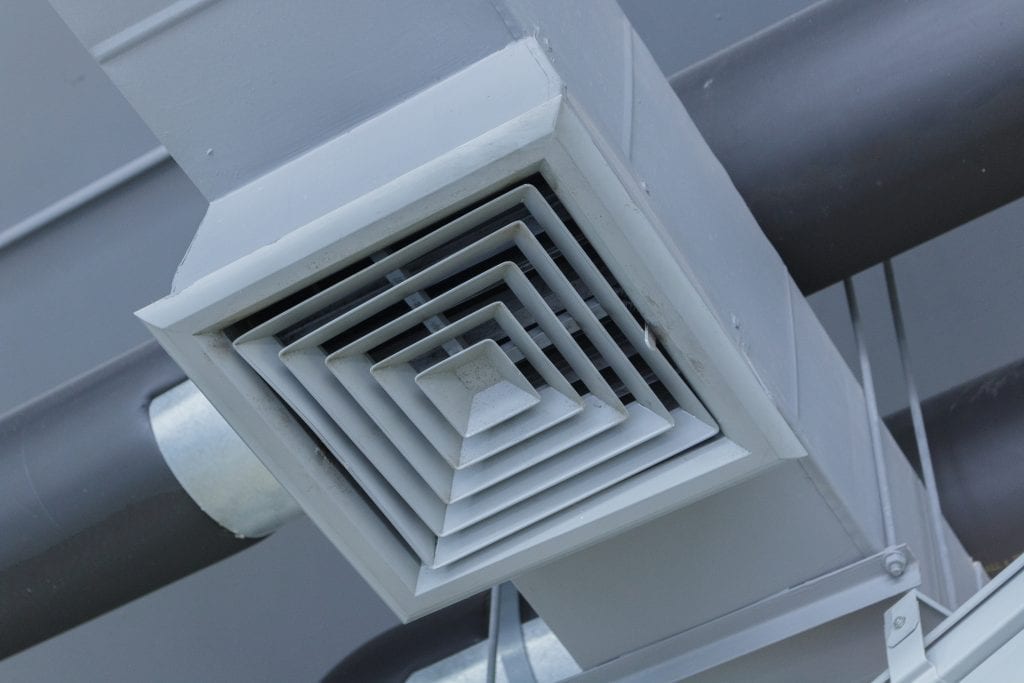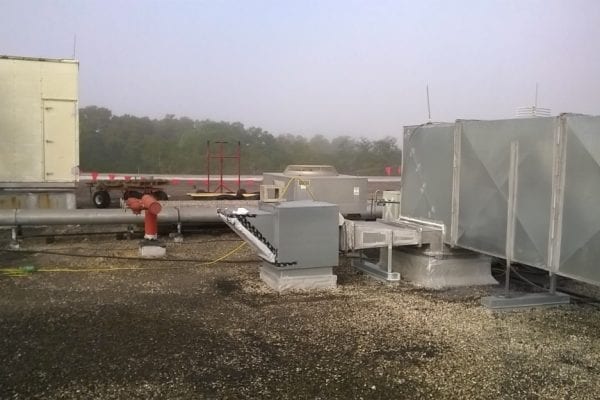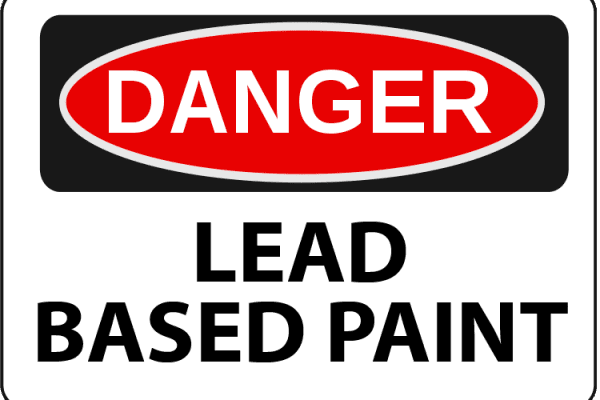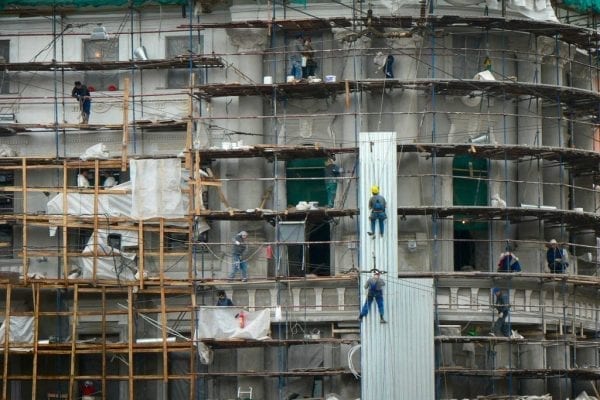Everybody knows that air pollution is bad for your health. Many cities issue air quality alerts to encourage people to stay indoors on poor outdoor air quality days. But that may not always be the best advice, as indoor air quality can often be worse in summer than the smog. In fact, according to the EPA, indoor air quality can be as much as 5 times worse than the surrounding outdoor air quality.
It’s easy to see why this is. To begin with, indoor air is pulled from the outdoors, so unless it is treated and improved, it can never be better than outdoor air quality. The air is further polluted by contaminants indoors, such as off-gassing carpets and furniture, VOCs from paint and solvents, mold, and allergens. Over- and under-powered HVACs can add to the problem by increasing and decreasing humidity levels. Buildings that are badly ventilated, which includes many “green” buildings that are heavily sealed and insulated, can cause a buildup of bacteria, viruses, CO2 and other byproducts of human respiration.
Unfortunately, most people spend the majority of their time in indoor environments, exposed to excessively polluted air on an ongoing basis. This fact may be responsible for many modern illnesses, most notably a range of symptoms referred to collectively as “building sickness.”
Fortunately, building owners and property managers who understand the causes of indoor air pollution can take measures to improve the quality of air in their buildings, and thus improve the living and work environment for tenants and occupants. Here are three common causes of indoor air quality problems.
Poorly Maintained HVAC System
A poorly maintained HVAC system may introduce pollutants in the form of mold spores that grow in overflowing drain pans and in ducts. Many other pollutants can make their way through badly maintained filtration systems, circulating back into the environment over and over and causing a cumulative effect. This problem is easy to combat by establishing a routine maintenance schedule and ensuring that it is followed through on.
Undersized HVAC System
An undersized HVAC system for the building’s use can cause a large range of problems as well.
Such a system will struggle to keep the air at a comfortable temperature. As a result, it may send the same air through the system repeatedly, which can cause it to strip moisture out of the air excessively. Low humidity causes issues ranging from dry and cracked skin, to increased levels of illness as summer viruses and bacteria thrive and spread more easily.
To combat this problem, ensure that your systems are rated not only for the size of the building, but also for its use. A retail establishment, for example, will put fewer demands on the HVAC than an office, in which employees remain present in large numbers for longer periods.
High Humidity
Summertime brings muggy weather, and nowhere is this more true than here in Florida. Humid air can cause major problems indoors when it builds up and causes mold overgrowth. It’s also just plain uncomfortable.
You can address high humidity by properly sizing your HVAC system. Some modern HVAC systems offer the option to increase the time air spends being dehumidified before entering the indoor environment. You may also add separate dehumidifiers to the system.
Inadequate Ventilation
Modern green buildings do an excellent job of sealing up a building’s envelope. This is great for energy efficiency, but can be bad for air quality. Instead of drawing in fresh air, it forces the system to recirculate the same air over and over. This can help bacteria and viruses build up in the system, as well as CO2, which can cause a range of breathing-related health symptoms for occupants.
Many HVAC systems provide controls that allow you to increase ventilation by increasing the percentage of air that is pulled from outdoors rather than indoors. In other cases, you may need to add ventilation by other means.
In most cases, ensuring that the HVAC is properly sized and maintained, and that ventilation is adequate, will solve many of your indoor air quality problems. If you have water infiltration and/or mold growth, you will want to address them immediately and effectively to prevent them from causing additional problems. Finally, some buildings and organizations invest in HEPA filtration systems to reduce allergens and other pollutants in indoor air.
For a complete assessment of your building’s indoor air quality and help in developing effective solutions, contact GLE’s indoor environmental consulting team today.






